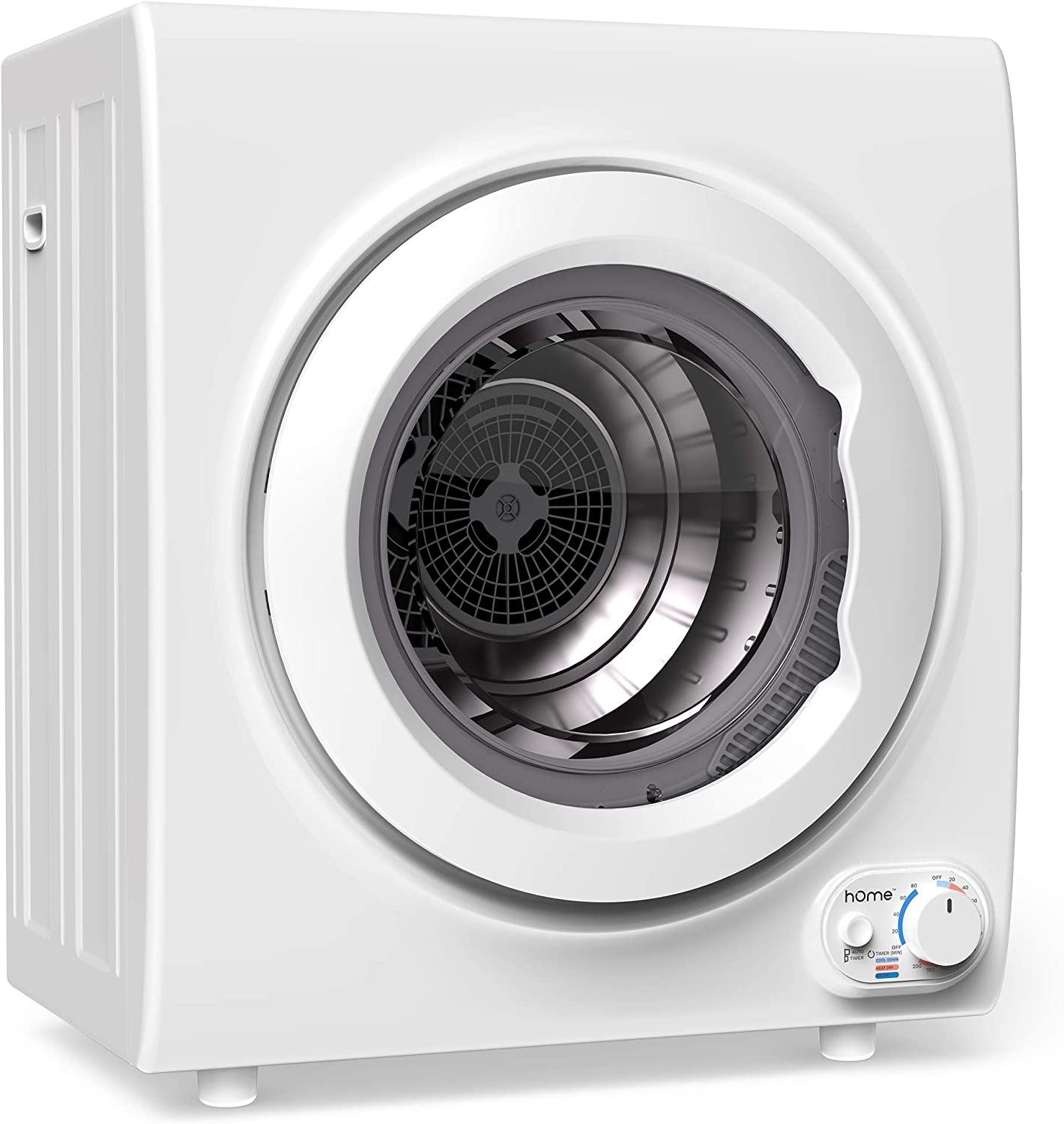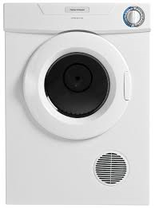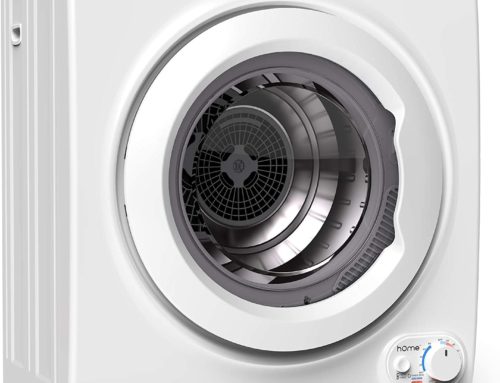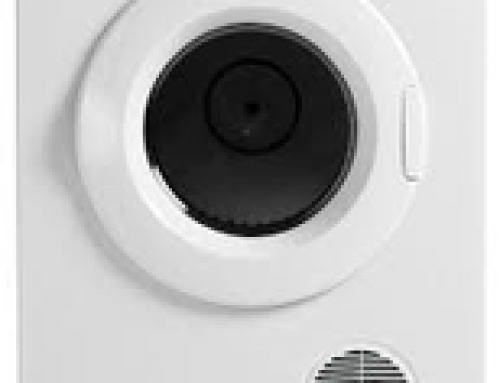Clothes dryers are household appliances designed to remove moisture from wet clothing and fabrics, leaving them dry and ready to wear. They work on the principle of forced convection and heat transfer.
Here’s a general explanation of how clothes dryers function 
- Drum: The clothes dryer features a large drum or cylinder where you place the wet clothes. This drum rotates to allow the clothes to tumble freely during the drying process.
- Heating element: Inside the dryer, there is a heating element, typically an electric coil or a gas burner. This heating element generates the heat required to evaporate the moisture from the clothes.
- Air circulation: A blower or fan is present in the dryer to circulate the hot air. The fan draws in ambient air and directs it over the heating element, heating it up. The heated air is then forced into the drum where the clothes are located.
- Moisture removal: As the heated air enters the drum, it absorbs the moisture from the wet clothes. The moisture-laden air becomes humid, and the drum tumbles the clothes, allowing fresh, dry air to come into contact with them.
- Ventilation: The moist air needs to be expelled from the dryer to maintain efficient drying. Dryers are equipped with an exhaust vent or duct that allows the moist air to exit the machine. The vent is usually connected to a duct leading outside the house.
- Lint filter: To prevent lint and debris from clogging the exhaust system, clothes dryers have a lint filter or trap. The lint filter captures lint and other particles released from the drying clothes. It needs to be cleaned regularly to ensure proper airflow and prevent fire hazards.
- Thermostat and sensors: Dryers are equipped with thermostats and sensors to control the drying process. Thermostats monitor the temperature inside the dryer and regulate the heating element accordingly. Sensors can detect the moisture level in the drum and automatically adjust the drying time or heat intensity to prevent over-drying or under-drying.
- Cool-down phase: Towards the end of the drying cycle, many dryers have a cool-down phase. During this phase, the heating element turns off, and cool air is circulated to prevent clothes from wrinkling and make them easier to handle.
Overall, clothes dryers work by combining heat, airflow, and mechanical action to evaporate moisture from wet clothes and expel it through a vent, leaving the clothes dry and ready to be worn or stored.
Different types of clothes dryers
There are several different types of clothes dryers available on the market. The main types are: 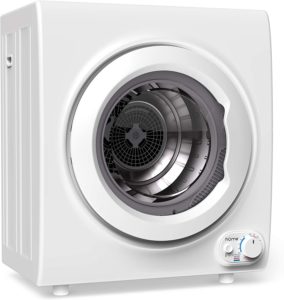
- Vented Dryers: Vented dryers are the most common and traditional type of dryer. They work by pulling in air from the room, heating it, and passing it through the drum containing the clothes. The moist air is then expelled through a vent or duct, usually installed on an exterior wall of the house. Vented dryers require proper ventilation to remove the moist air.
- Condenser Dryers: Condenser dryers are an alternative to vented dryers, particularly suitable for situations where venting to the outside is difficult or not possible. These dryers use a condensing system to remove moisture from the air. The hot air passes through the drum and comes into contact with a condensing unit or a heat exchanger. The moisture condenses into water, which is collected in a reservoir or pumped out through a hose. The remaining dry air is then reheated and circulated back into the drum.
- Heat Pump Dryers: Heat pump dryers are a more energy-efficient option compared to vented and condenser dryers. They use a heat pump technology that works similarly to air conditioners or refrigerators. Heat pump dryers extract moisture from the clothes by circulating cool, dry air over them. The moisture in the air condenses and is collected or drained. The dry air is then passed through the heat pump, where it is reheated and used again for drying. Heat pump dryers use significantly less energy but usually have longer drying times.
- Gas Dryers: Gas dryers utilize natural gas or propane as a fuel source to generate heat. They are similar in operation to vented dryers, but instead of an electric heating element, they have a gas burner. Gas dryers tend to be more energy-efficient and often dry clothes faster than electric dryers. However, they require a gas line connection and proper ventilation for the combustion gases.
- Washer-Dryer Combo: Washer-dryer combo units are designed to combine the functionality of a washing machine and a dryer in a single appliance. These units typically have a front-loading drum where you can wash the clothes, and after the washing cycle, they automatically switch to the drying mode. Washer-dryer combos are convenient for small spaces or situations where separate washer and dryer units are not feasible. However, their drying capacity is often smaller compared to standalone dryers.
Each type of clothes dryer has its advantages and considerations, including energy efficiency, installation requirements, drying capacity, and cost.
The choice depends on factors such as available space, venting options, budget, and personal preferences.
Click Here for access to the blog page for more helpful hints and advise, for all home appliances.
Click Here to book an appointment to get all your home appliances repaired, serviced or new appliances installed.


